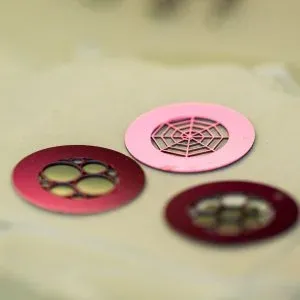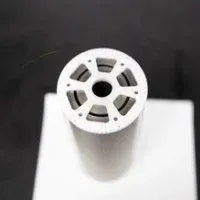Quantum Information Science

SLAC is developing a robust portfolio in Quantum Information Science through its advantages as a national lab with large project infrastructure, strong connections to Stanford QIS faculty, and location in Silicon Valley.
SLAC makes sensors that push the limits of quantum measurement to probe the most fundamental questions of the universe. These sensors are being used in the search for dark matter made up of either spin-0 particles (axions) or spin-1 particles (hidden photons); the development and deployment of sensors and superconducting integrated circuits to map the Cosmic Microwave Background in the search for gravitational waves from the inflationary epoch; and, in high-resolution X-ray spectroscopy, enabling probes of metalloproteins with orders of magnitude higher efficiency than was previously possible and opening new doors for x-ray astrophysics.
SLAC also has strong program in quantum materials, and RF and microwave technologies that will advance quantum computing.
To learn more about SLAC's QIS capabilities, visit the website of the Irwin Group at Stanford (led by TID AIR's Chief Scientist Professor Kent Irwin) or SLAC's Quantum Information Science website:
Key Competencies

Microfabrication
Ability to access numerous micro and nano fabrication clean rooms and tools for fabrication and evaluation for: ion milling, metal deposition, organic film deposition, electron beam lithography, and focused ion beam patterning, etc.; as well as characterization: SEMs, TEMs, XRD, XPS, Auger, SIMS, SPMs, etc.
Quantum Detectors
Quantum detectors enable the measurement of electromagnetic signals better than the quantum limit. SLAC has been instrumental in developing the Superconducting Quantum Interference Device (SQUID) sensors. These detectors will enhance the search for light-field dark matter and for other high energy physics experiments such as SuperCDMS and all of the Cosmic Microwave Background radiation experiments.

